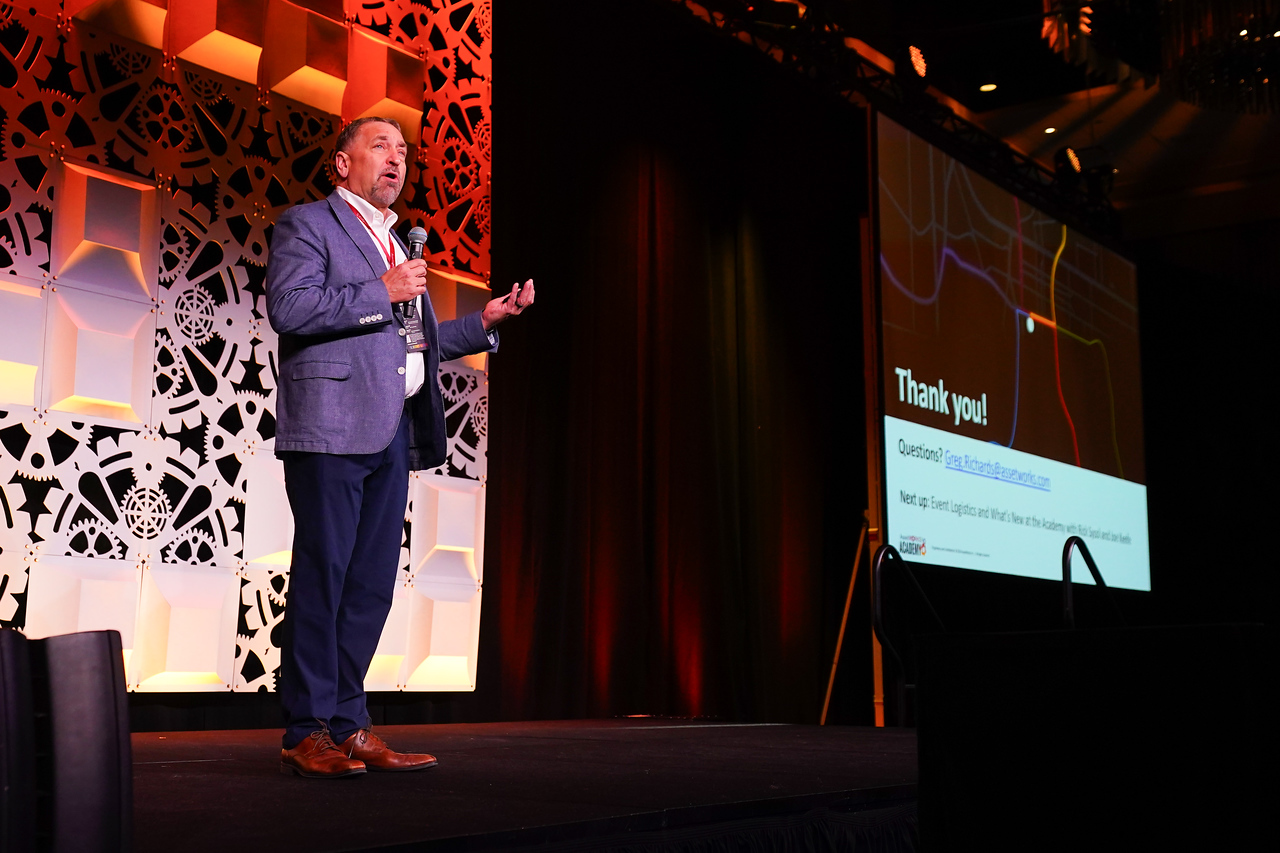Poorly planned charging projects are costly. The wrong mix of equipment and software increases initial capital expenses of course, but it also creates higher operating costs which are so significant that some fleets may pay more for EV charging than they would otherwise for gasoline and diesel. Understanding utility rate design is key, and with that knowledge, fleet managers can implement charging management (i.e., load management) policies to avoid volatility and extreme variances in their cost to charge.
What is Load Management?
The cost to charge an EV at a fleet depot is based on the time of day and the total demand a facility is placing on a grid. Although some utilities have static EV charging rates, electricity costs generally change during the day and if a building’s electricity demand exceeds thresholds set by the utility, extra fees and charges are placed on the utility bill.
Load management is the practice of minimizing charging during the most expensive times of day and at times when a facility is most likely to incur demand charges. Fleet managers can manage EV charging loads through written policies, physical timers on circuits, and more; but generally, the easiest and most effective solution is to use the software. Similar to just-in-time inventory or manufacturing, load management software gives vehicles fast enough charging to be ready for the next shift.

Load Management Settings
There are three main options for load management, and fleets can deploy any combination of solutions across their operations based on site-specific needs. Over time, settings can also be changed.
Schedule-Based Charging
If the highest time-of-use charges occur between 4 and 7 PM (for example), the simplest solution to avoid extra costs is to turn off charging during that period. Networked chargers can restrict charging during certain times of day, and for many use cases, there is no impact to pausing chargers at the end of the work day. Charging will resume after hours and be complete by morning.Equal Charge
Another solution is to determine a maximum set load for a group of chargers and to divide that maximum power equally between all stations, with the power per session dependent upon the number of vehicles that are actively charging.This solution can eliminate the need for electrical panel upgrades, and help reduce the likelihood of incurring demand charges— though that is not guaranteed.
First In, First Out (FIFO)
A First In, First Out plan also has a maximum load set for a group of chargers. The First In, First Out plan grants charging priority for vehicles based on when they plug in. The first vehicle to plug in will receive full power until maximum capacity is reached. Then, the remaining vehicles will receive a fraction of the remaining power until the first vehicle unplugs.Dynamic Load Balancing
The most sophisticated option for fleets is Dynamic Load Balancing. In a Dynamic Load Balancing scenario, charging speeds are adjusted in real-time based on the facility’s total electrical usage to make sure that EV charging does not push the building’s electrical demand into a higher demand charge. This requires the installation of a building energy management system which is an additional piece of hardware. For large-scale fleet EV projects or projects that include many medium- and heavy-duty trucks, however, it can be a highly cost-effective solution though it may not be appropriate for every charging scenario.Distributed Energy Resources
Any of these solutions may also be paired with distributed energy resources like solar or battery energy storage. On-site electricity generation and storage ‘shaves off’ load that would otherwise be put on the grid. They can minimize the amount of electricity that is purchased from the grid during the peak time of use periods and reduce a facility’s overall electricity to avoid electrical consumption.
Is EV Load Management Complicated?
The design of an EV load management plan requires planning, but experienced vendors can quickly recommend a solution tailored to individual facilities and duty cycles across a fleet department. Once software settings and hardware are in place, a good load management system will run autonomously for years to come though adjustments may be necessary as more EVs are added or if utility rates change.
However, novel load management solutions may tempt fleets into deploying hardware and software that is not compatible with their enterprise systems. Before committing to any new hardware or software, fleets should consult their EV fleet and data management plans to identify any future issues or unintended consequences. Futureproofing is key, and all EV charging data regardless of source should be integrated into a single enterprise-wide system.
AssetWorks FuelFocusEV is the first enterprise-class, cross-EV platform designed with over 40 years of fleet and fuel technology experience. FuelFocusEV makes EV fleet management accessible for fleets just beginning their journey with electrification while empowering fleets with established programs to increase their EV fleet size but with greater efficiency.












